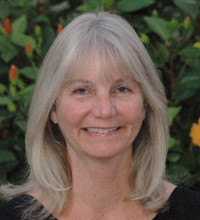Sargassum horneri is a large, annual, brown alga native to shallow reefs of Japan and Korea that was first discovered in the eastern Pacific Ocean in Long Beach Harbor in 2003. Since then, the alga has become invasive in shallow rocky reef habitats from Santa Cruz Island in the Channel Islands archipelago to Isla Natividad in Baja California, Mexico. Though not yet rigorously documented, some biologists have expressed concerns that the algae may be displacing giant kelp, the keystone species for California’s kelp forests, in some areas. To better evaluate it’s potential threat to these ecosystems, scientists will lead dive surveys and conduct experiments around the Channel Islands to identify the physical and biological characteristics of nearshore habitats that encourage the invader’s proliferation. They will also attempt to document what, if any, effects the non-native seaweed has on native kelp communities’ structure and diversity. Marine protected areas around the Channel Islands may slow the invader’s spread. Yet another goal of this project is to examine if this is true and, if so, the mechanisms by which this biotic resistance is conferred. Results from the project will be shared with NOAA Fisheries, which has funded research on eradicating the alga, and the Channel Islands National Marine Sanctuary, which has identified S. horneri as an invasive species of great concern. To educate the broader public, researchers will help create exhibits for the Outreach Center for Teaching Ocean Science at UC Santa Barbara, and the Channel Islands Boating Center.
 Carolynn Culver
Carolynn Culver